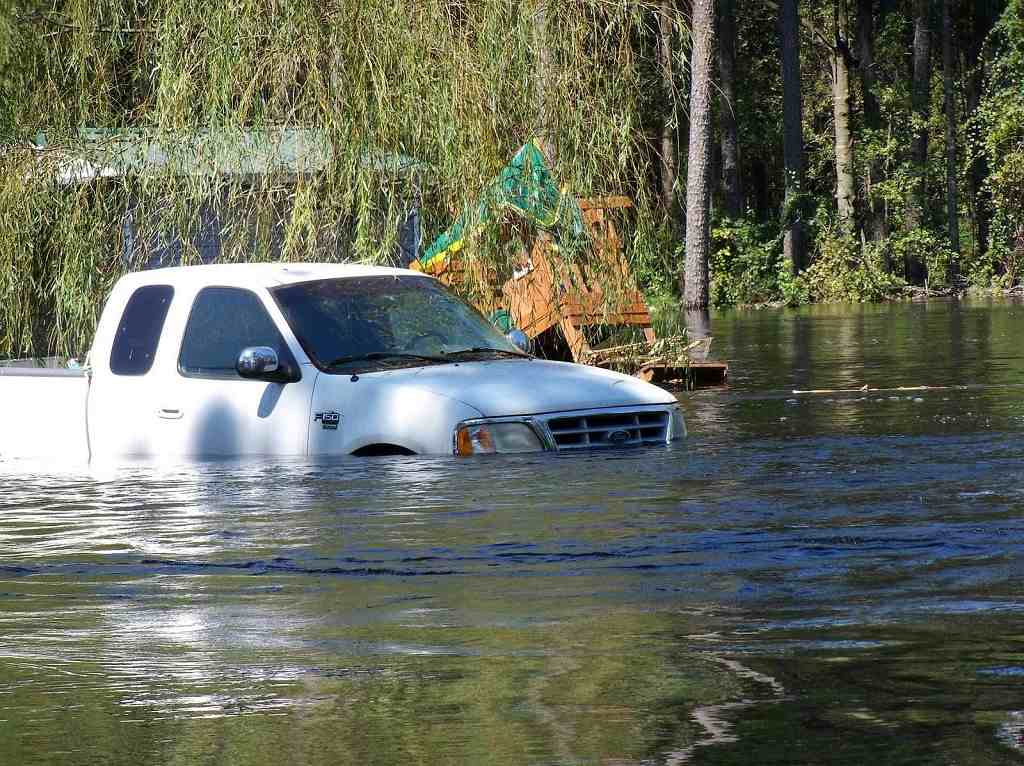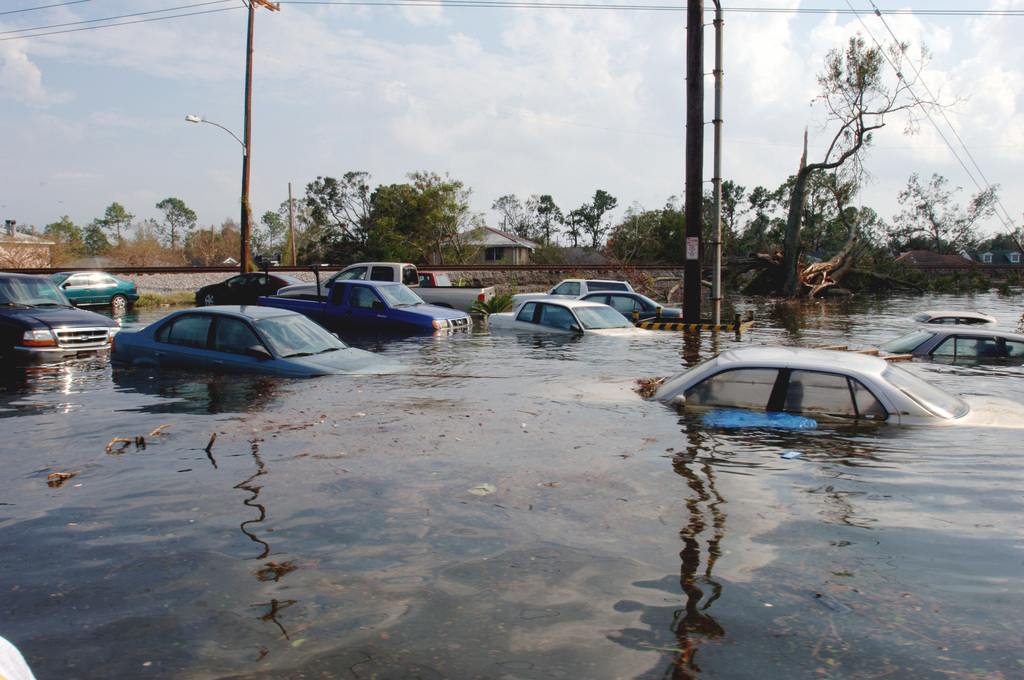Many questions come to mind when you think about whether a car can be driven after it’s been submerged in water. Will the engine still work? Does the electrical system short out? These are all valid questions, and we will answer them here.
Contents
Will a Car’s Engine Run After Being Submerged?
The simple answer is “yes” but it will depend on so many “ifs” and “buts”. Unless you are in an accident, a car could be submerged only because of flooding. And floodwater contains dirt and water mixed with caustic and abrasive materials. It will be extra damaging if you live in coastal areas because saltwater destroys various car components rather quickly.
After being flooded, some vehicles can be started on the first try. But you should not do that. Running the engine without checking up all components and doing a cleanup will be a dumb move.
So, to make a car run properly after it is submerged in water, you have to follow some steps.

Perform a thorough cleaning
The first step is to clean all mud and dirt. If water just gets to the bottom of the car door, then the engine could be safe. In that case, you may get away with cleaning only the floor, upholstery, tires, and exterior. Be patient enough to check all nooks and crevices. Flood water can damage any part if it sits there for a long time.
However, it’s bad news if the water gets under the hood. You must hire an expert to check whether the engine and other related components are still working or not. The expert needs to examine the engine, power steering, braking system, fuel line, and other parts.
Check the engine
Modern cars have good sealing at every joint to keep outside elements away from the engine. But if the car stays waterlogged for a few days or longer, water will get inside the engine. And if the seal is damaged in some way, you will have to change some parts.
There are many cases when water gets into various engine compartments and connectors, like in brake booster vacuum lines or vapor recovery unit components.
Water in the engine could be extremely damaging. Sometimes, the repair cost exceeds and almost touches the car’s current appraisal value.
SEE MORE
Examine the electrical system and other parts
Next, you need to find out whether the electrical system has shorted out when the car was underwater. You can probably get away with replacing a few fuses and spark plugs if there is no other damage inside the car. It’s always safe to bring an electrician to take a look at it.
Other parts that need a thorough checking are the tires, battery unit, exhaust pipe, door and window seals, lockouts, and other minor components.
Conclusion
Returning a submerged car to life is not impossible. But there are many factors to consider, like if the engine has been damaged by being flooded or not. So, it’s better to call an expert for advice before trying anything yourself. It will be better to give that car up if the repair costs exceed its value.



